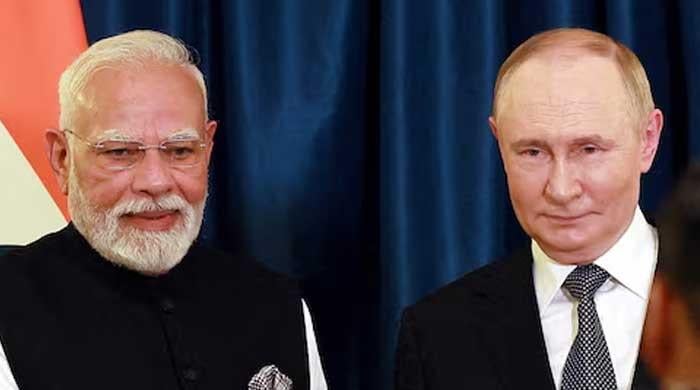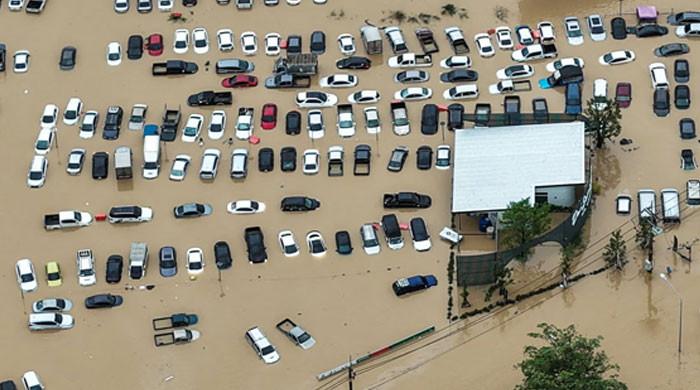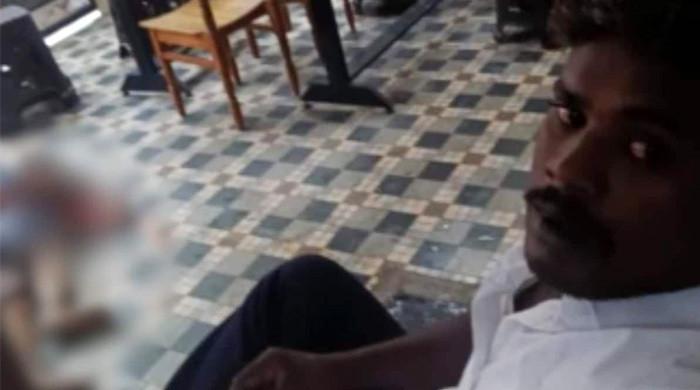What are Iran and Israel's military capabilities?
Both countries have engaged in a series of retaliatory attacks in recent months
June 13, 2025
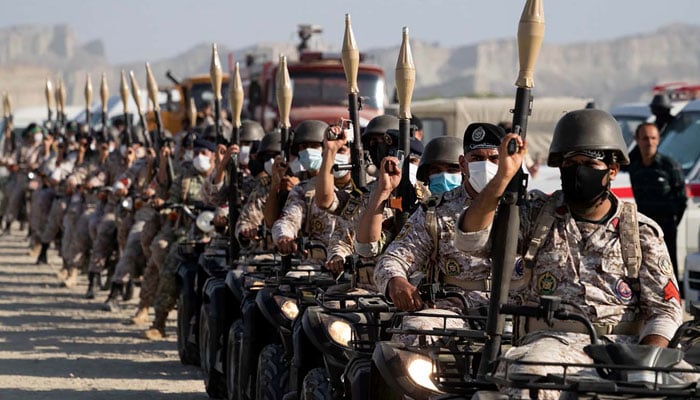
Israel launched a broad aerial offensive against Iranian military and nuclear facilities in the early hours of Friday morning, intensifying a long-running confrontation between the two regional rivals.
According to the Israeli military, over 200 air force jets carried out strikes on approximately 100 locations across Iran.
Taking to X, the Israeli Defence Forces (IDF) claimed responsibility for the killings of three senior Iranian commanders including Mohammad Bagheri, Chief of Staff of the Armed Forces, Hossein Salami, commander of the Islamic Revolutionary Guard Corps (IRGC), and Major-General Gholam Ali Rashid, head of the Khatam al-Anbiya Central Headquarters.
The two countries have engaged in a series of retaliatory attacks in recent months.
Last year in October, Iran launched a barrage of at least 180 ballistic missiles at Israeli cities, citing Israeli airstrikes in Gaza and Lebanon and the targeted killings of IRGC, Hamas, and Hezbollah leaders as justification.
Air power
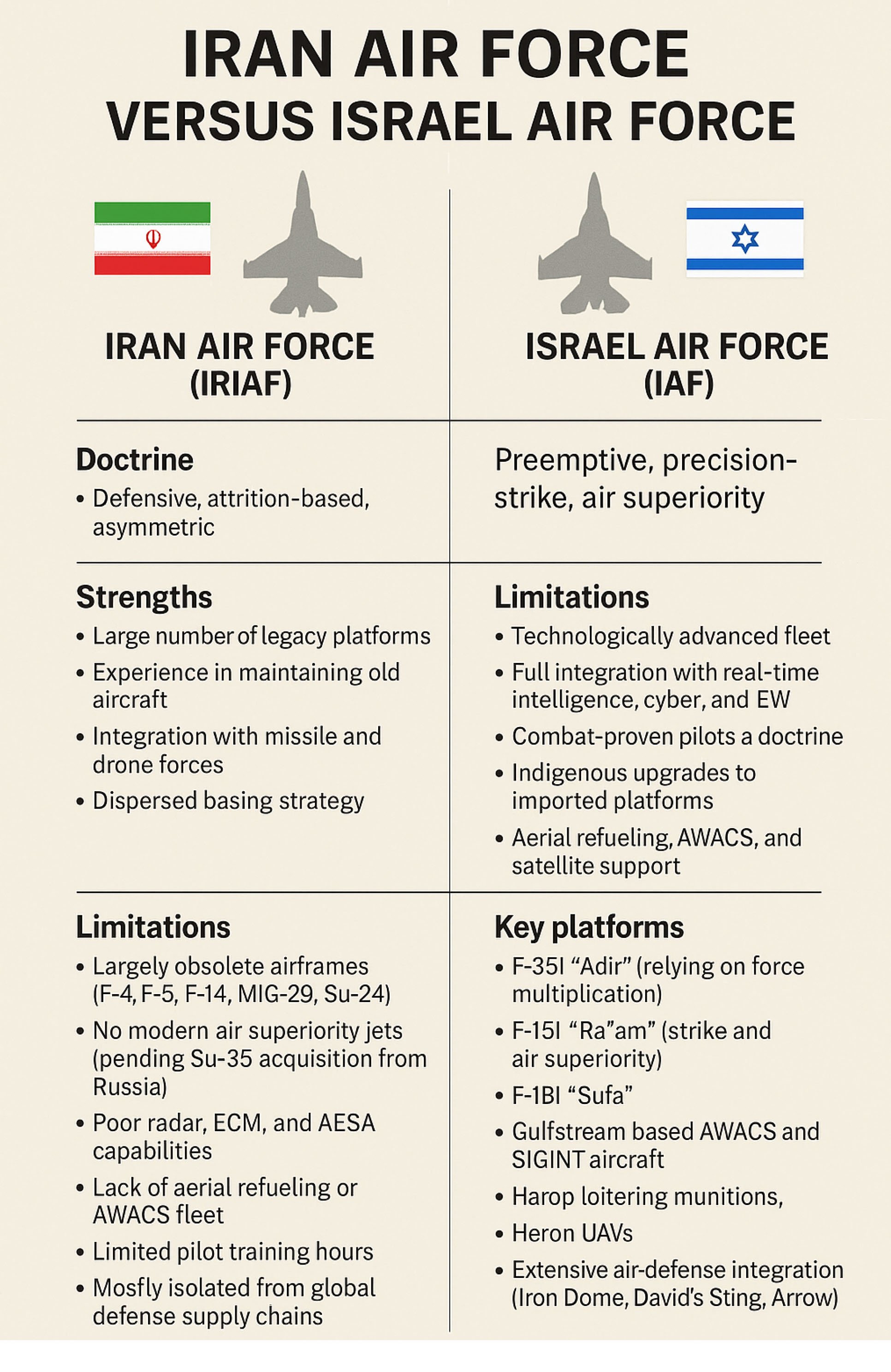
Drone force
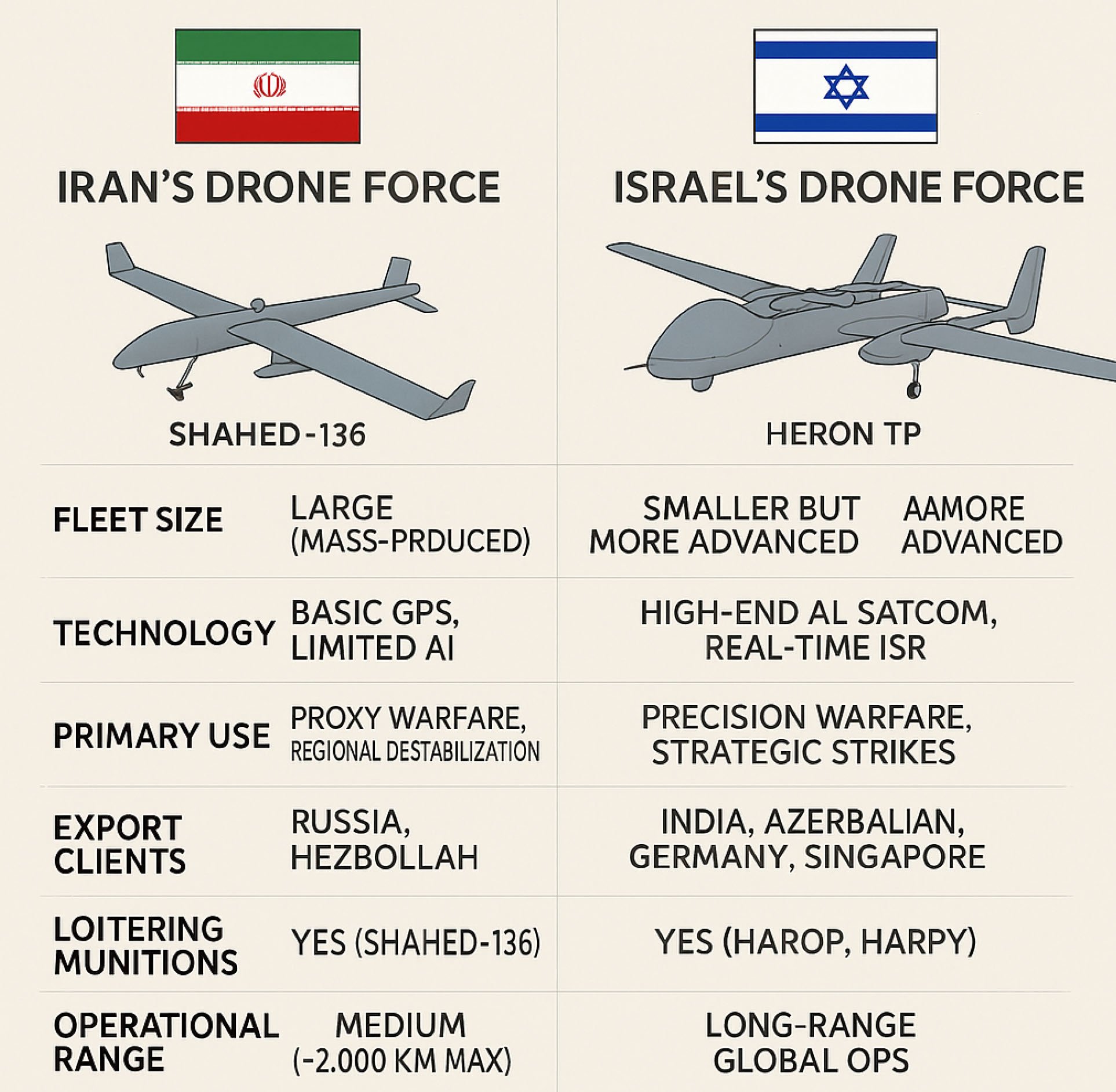
Missile stockpile
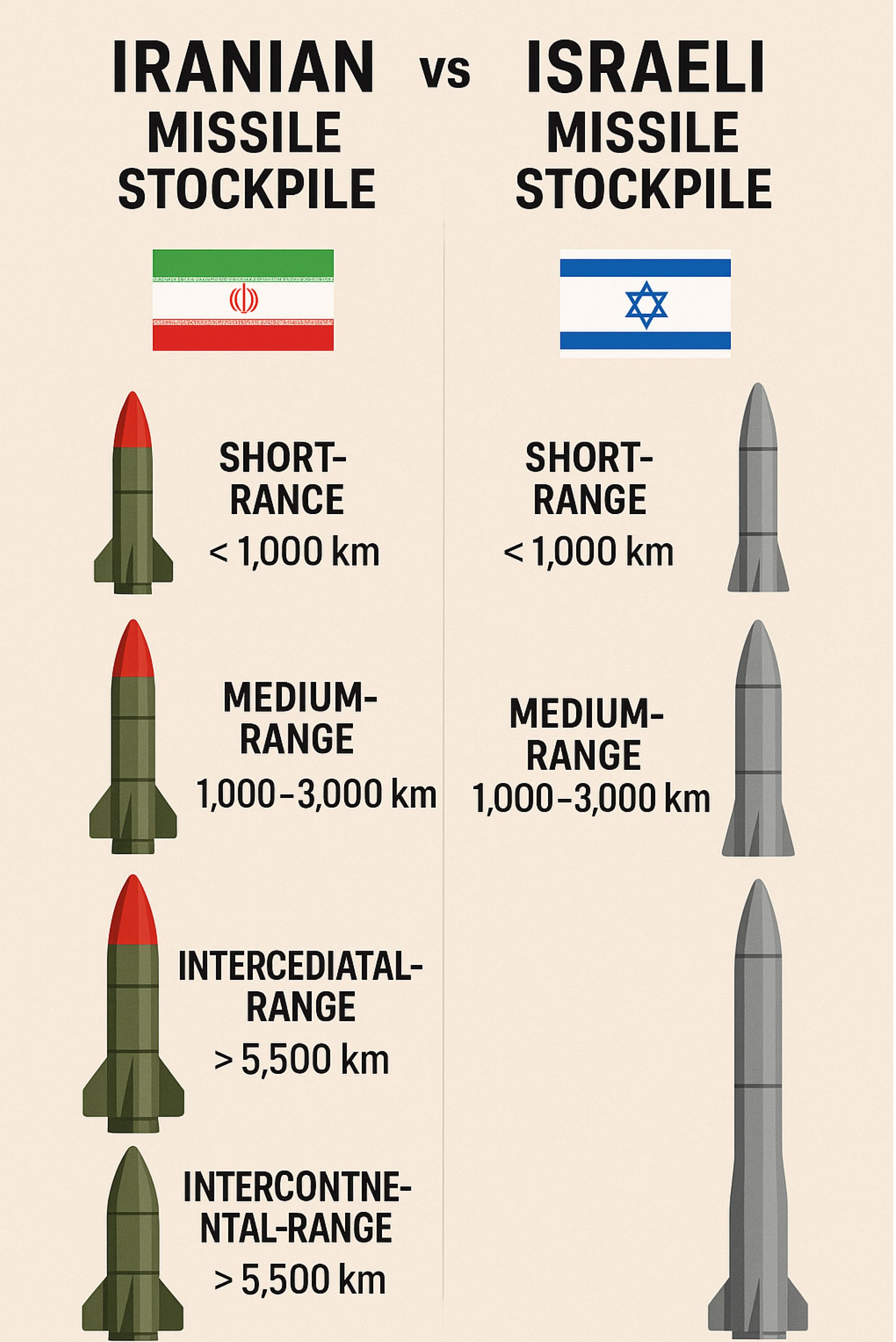
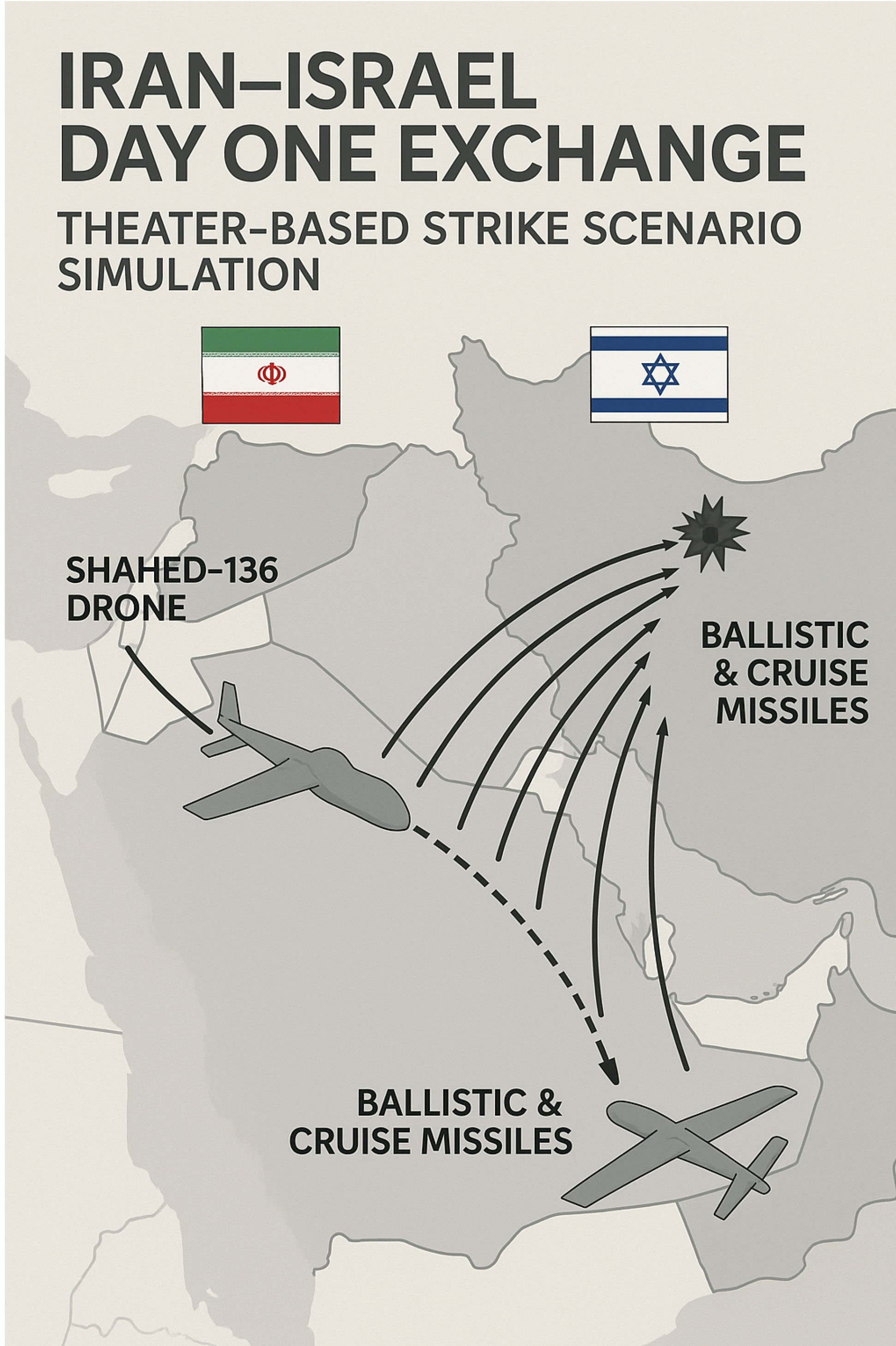
Electronic warfare (EW) capability
Israel: High-end EW systems capable of GPS jamming, drone interception, cyber intrusions.
Iran: Active in cyber and localised jamming, but lacks deep strategic EW capabilities.
Command, Control, Communications, Computers, Intelligence, Surveillance & Reconnaissance (C4ISR)
Israel: Advanced, real-time C4ISR with satellite integration and battlefield AI.
Iran: Fragmented C2 networks, limited real-time ISR. Heavy use of human intel and proxies.
Proxy forces and regional launch platforms
Iran: Leverages Hezbollah (Lebanon), Houthis (Yemen), Hashd al-Shaabi (Iraq), and others for distributed strikes.
Israel: No proxies. Operates through direct, state-controlled precision strikes.
Cyber capabilities
Israel: Globally ranked among top 5 for cyber offense and defence.
Iran: Capable of disruptive attacks (e.g., Aramco, US banks), but not on an Israeli scale






